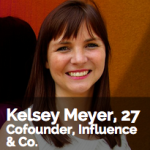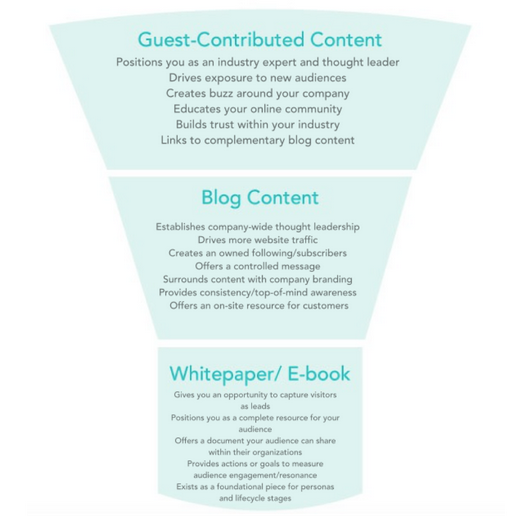The day after college graduation was a good day for Kelsey Meyer. She co-founded a content marketing agency, Influence & Co., grown to 55 full-time staff and valued at $13 million. As president of the company, Kelsey is tapped as one of 2016 Forbes 30 Under 30 marketing & advertising executives setting standards for new strategies.
 We got some tips in advance of Kelsey’s participation at DigMe ’16.
We got some tips in advance of Kelsey’s participation at DigMe ’16.
Q: “What single thing would you flag as the most common pitfall for small to midsize businesses in their content marketing strategy?
A: Too many businesses operate under the assumption that if they build it (meaning create content) they will come (meaning people will find it and read it). They don’t focus enough on distribution or publishing content into publications that their audience is already reading.
Q: Is there anything new in content marketing that’s trending in 2016?
A: There are quite a few unexpected trends in 2016 that we wrote about here. The one that I think is most exciting is that the number one goal of content marketers is switching from brand awareness to lead generation. This shows that companies and marketers are better understanding how to show a real ROI through content.
Q: What are some of the ROI approaches that Influence & CO. uses for clients involved in destination/attraction marketing?
A: We believe in using an inbound content marketing funnel.
At the top of the funnel is external content that builds awareness, then a percentage of those readers click through to your owned content, and a percentage of those readers give you their contact information to download a piece of gated content. We track our overall spend in creating and distributing all of that content, and divide it by the number of leads created by a content campaign. Then if you know what percentage of leads convert to sales, and what a sale is worth to you, you can easily calculate the ROI.
We wrote a blog post on our own ROI of content marketing that explains this in depth here.
Q: Content recycling is important as content creation becomes more costly. How should existing content be repurposed and reused in the best way?
A: Content recycling is great when it means taking one piece of content and re-working it into a different format. This may mean you take a few blog posts and package them into a white-paper or eBook, or you take a video and write an article version of the same content. What is not great is simply re-purposing the exact same content in multiple places in the exact same format. This will be dinged by the search engines as duplicate content, and will bore your readers, nobody wins. Oh, by the way we wrote a blog post on this one too 🙂 You can read it here.”


